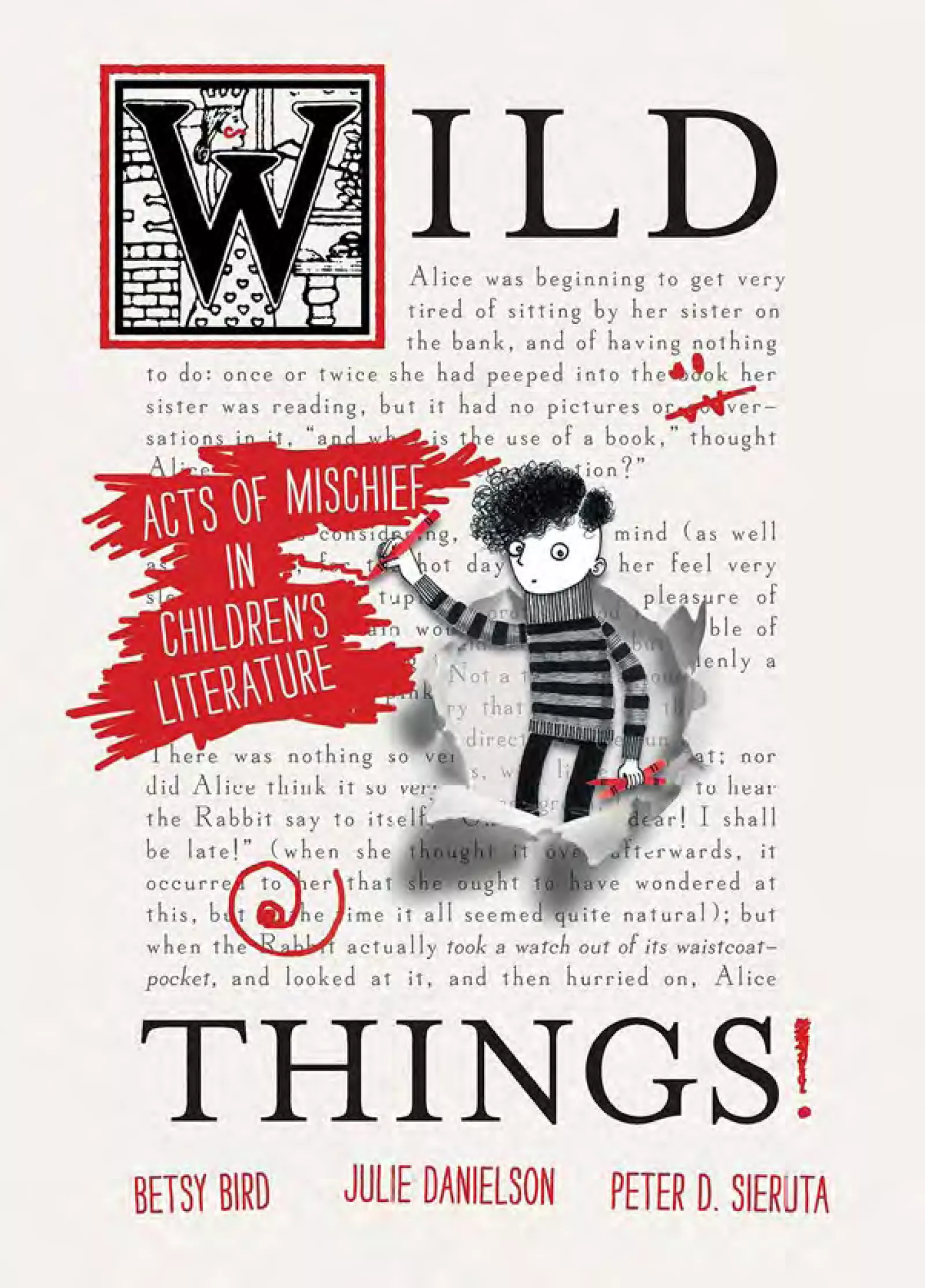From the Junior School head's desk: 11 March 2022
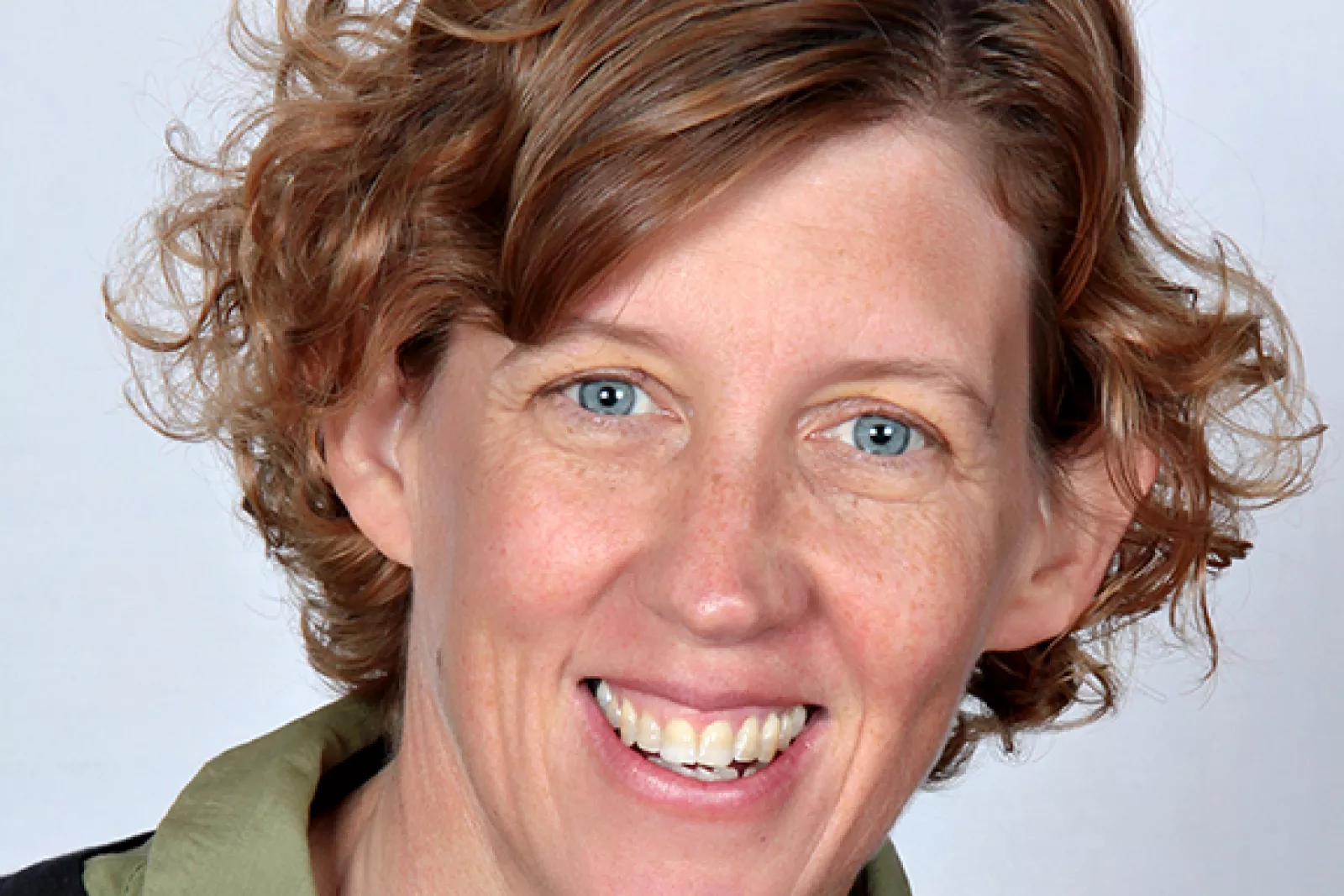
It is March, what poet Emily Dickinson called “the Month of Expectation.” The day this newsletter is published will mark our return to the Senior Primary hall for assembly after months of using the chapel and, before that, accommodating one grade at a time in the hall while the rest of the girls participated remotely.
This is big news: not being able to assemble – a right enshrined in our constitution – has made it that much harder for us to foster a sense of solidarity and belonging among the girls. On a more fundamental level, it has also kept us from the visceral act of seeing each other and recognising the abnormality of our enforced separation. As Luke Lamprecht observed in a recent online discussion with our Grade 5 parents, calling what we and our children have experienced over the last two years “the new normal” is grossly misleading in its suggestion that there was anything consistent or sustainable about the upheaval we have been trying our best to manage.
Next week also marks the beginning of Book Month for the Junior School – a celebration of the power of reading and storytelling that used to be contained in a week, but which now extends over four. (Little Saints, with its own sense of proportion, enjoys a fortnight of literary immersion.) Book character days, author visits and cultural outings are staple fare at many independent schools and, like our colleagues at other institutions, we make our support of reading, and the centrality of reading to learning and education, explicit.
In our eagerness to endorse reading and the instructive role, both academically and ethically, that it plays in our children’s lives, we sometimes miss the opportunity to acknowledge other, equally significant aspects of children’s literature. I am thinking in particular of what editor Patricia Lee Gauch, recognising the long struggle of children’s book authors and illustrators to “unhitch their books from the schoolroom and the pulpit”, describes as the “mischief” of children’s literature. The exhilarating and subversive nature of some of the best picture books in our library reminds us, rightly (or, as Dr Seuss expresses it, “And it should be, it should be, it SHOULD be like that!”) that children, even the preadolescent and adolescent variety, need to play.
In the words of author Katherine Paterson, a “story may very well (and often does) include commentary in one form or fashion on how to live and behave in this world – all stories teach, and many impart wisdom – but it first and foremost sets out to tell a tale.” And the quality of the tale, its ability to delight, dazzle, amuse and comfort the children who are hearing it, is just as important as the message it might be imparting.
My wish, my expectation (in keeping with the month of March) for the Junior School, in Book Fortnight, Month, and far beyond is that we approach reading and books not in the spirit of a medicinal intervention (sometimes unpleasant, but demonstrably good for you) but in the spirit of discovery, intellectual adventure, and play. Writing for children and adults that is inspired by deep conviction and the desire to tell a good story is so much more than instructive: simply put, it makes life better.
SARAH WARNER
JUNIOR SCHOOL HEADMISTRESS
Related News
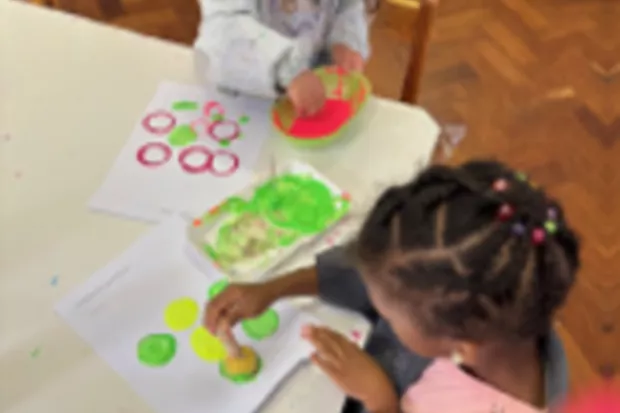
Little Saints News
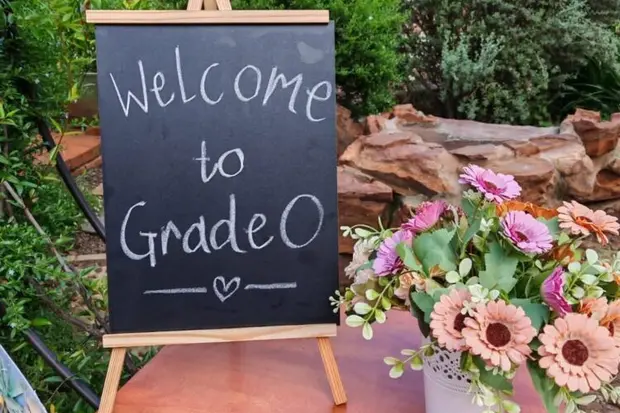
Grade 0 News
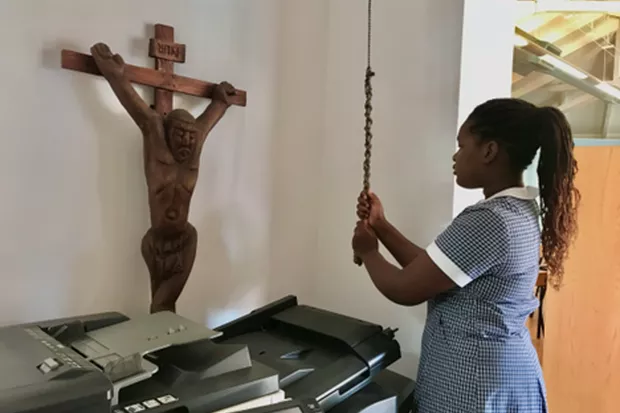
Grade 7 News

